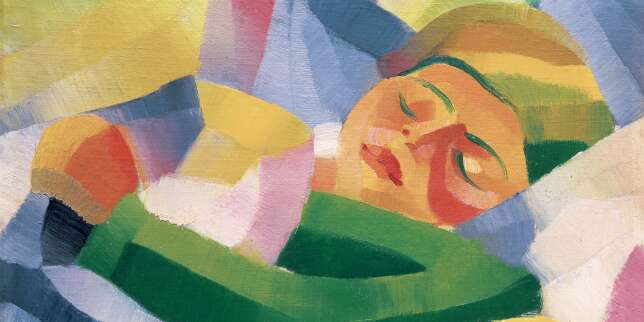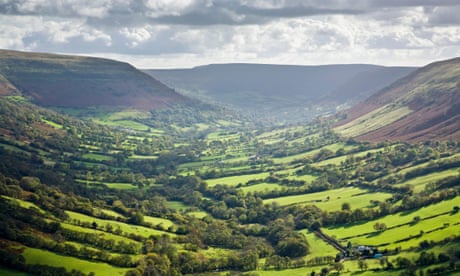Speak the Wind
2022 - Film & Video (Film & Video)
17:50 minutes
Hoda Afshar
In the islands of the Strait of Hormuz off the southern coast of Iran, a distinctive local culture has emerged as the result of many centuries of cultural and economic exchange, the traces of which are seen not only in the material culture of these islands but also in the customs and beliefs of their inhabitants. Central to these is a belief in the existence of winds—generally thought of as harmful—that may possess a person, causing her to experience illness or disease, and a corresponding ritual practice involving incense, music and movement in which an hereditary cult leader speaks with the wind through the afflicted patient in one of many local or foreign tongues in order to negotiate its exit. While their exact origins are unclear, the existence of similar beliefs and practices in many African countries suggests that the cult may have been brought to the south of Iran from southeast Africa through the Arab slave trade. In Speak the Wind , Hoda Afshar illuminates the Strait of Hormuz as a contact zone where the collision of cultures has given rise to hybrid traditions. She offers an enigmatic view of the rituals and lives that play out within the astounding landscape of these islands, using photography and moving image to grapple with the history of documentary photography; its beauty and its limits.
At the intersection of conceptual, staged and documentary image-making, Hoda Afshar’s artistic practice explores the representation of gender, marginality and displacement. Initially drawn to the potential of the documentary image to unearth hidden realities, she is equally committed to critiquing the collusion between the photographic medium and hierarchies of power. Informed by her own experience with migration and cultural displacement, Afshar’s work takes the intrusiveness of the camera as a point of departure to unpack the relationship among truth, power and the image while disrupting traditional image-making conventions. Her 2018 video installation, Remain, is exemplary of Afshar’s practice in the way it blends her strong political views with a poetic vision. In it, she addresses Australia’s contentious border protection policy and the human rights of asylum seekers. Afshar travelled to Manus Island in Papua New Guinea and followed a group of stateless men who remained on the island following the closure of the infamous immigration detention centre on the island in October 2017.
Colors:
Related works sharing similar palette

© » LE MONDE
Peinture, poésie, architecture… Les beaux livres d’art sélectionnés par « Le Monde » nav_close_menu Offrir Le Monde Article réservé aux abonnés Peinture 1 « Poésies d’Emily Dickinson illustrées par la peinture moderniste américaine » « Fille endormie » (1926-1927), de Yun Gee, exposée au Hirshhorn Museum and Sculpture Garden de Washington...

© » KADIST
Wong Wai Yin
2021Drawn from the widely circulated images of protests around the world in support of women rights and racial equality, the phrase I can’t believe we are still protesting is both the title of Wong Wai Yin’s photographic series and a reference to similar messages seen on protest signages...

© » KADIST
Mimian Hsu Chen
2014In Hsu’s work, Colonia China (2014), the artist documents a Chinese cemetery of Costa Rica’s Limón Province, along the country’s Caribbean coast...

© » KADIST
Wadada Leo Smith
Kosmic Music is a musical score comprised of two parts: a single mixed media drawing titled Colors and Satellites, and a pair of mixed media drawings titled Koral Reef ...

© » ARTS EQUATOR
"7Voices 2.0" by Yayasan Chow Kit and Dramalab at George Town Festival 2018 | ArtsEquator Thinking and Talking about Arts and Culture in Southeast Asia Articles September 20, 2018 By Akanksha Raja (830 words, four minute read) Before entering the performance space on the first floor lobby of The Whiteaways Arcade where 7Voices 2.0 takes place, my friend Denise and I are approached by two young “inspectors” demanding documentary proof that we were children...

© » KADIST
Jun Nguyen-Hatsushiba
2003Filmed underwater, this is the third video in Nguyen-Hatsushiba’s “Memorial Project” series which began in 2001...

© » KADIST
Mary Reid Kelley
2015Kelley’s 2015 portrait of the poet Charles Baudelaire is one of a series of poets, rappers, and other thinkers who have influenced the artist’s ideas about beauty, creativity, and expression...

© » ARTOMITY
Zhang Wenzhi & Zheng Haozhong at Blindspot Gallery – ARTOMITY 藝源 Zhang Wenzhi: Tiger in Mountains, Deer at Ocean / Zheng Haozhong: Melodic Variations / Curator: Leo Li Chen / Nov 28, 2023 – Jan 13, 2024 / Opening: Saturday, Nov 25, 4pm – 6.30pm / In Conversation (in Mandarin): Zhang Wenzhi and Leo Li Chen, 5pm – 6pm / Blindspot Gallery 15/F Po Chai Industrial Building 28 Wong Chuk Hang Road Wong Chuk Hang, Hong Kong +852 2517 6238 Tuesday – Saturday, 10.30am – 6.30pm blindspotgallery.com Blindspot Gallery is pleased to present the duo solo exhibition Zhang Wenzhi: Tiger in Mountains, Deer at Ocean and Zheng Haozhong: Melodic Variations , curated by Leo Li Chen, showcasing the recent paintings of two Mainland Chinese artists...












